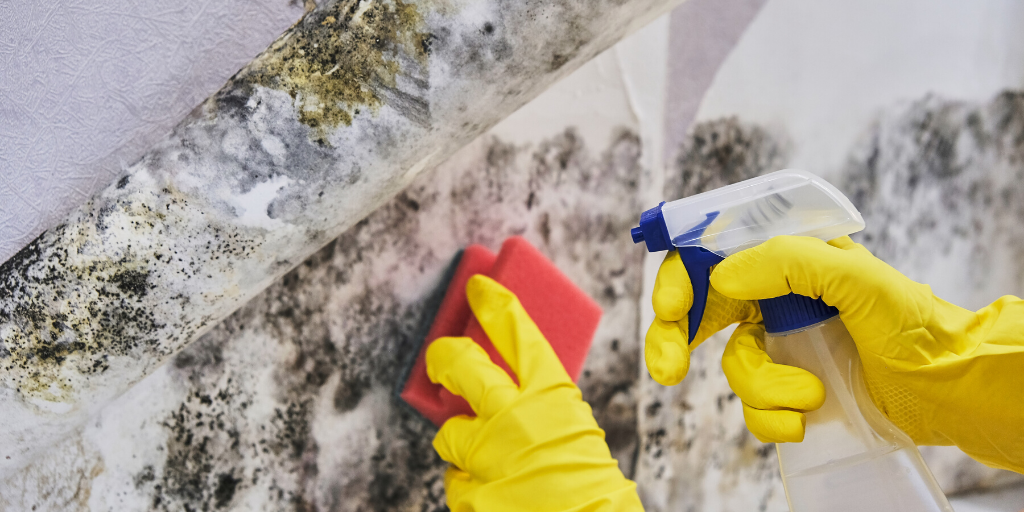
Mold is everywhere and anywhere. And, while some molds are safe (think: cheese!), most molds that grow in or around your home can be dangerous not only for your house but for you, too! There are lots of misconceptions and questions surrounding mold and mold removal, so we’ve rounded up some FAQs to make sure you’re educated and up-to-speed with all things mold.
What is mold? Is there only one kind?
By definition, mold is a fungus that grows in moist environments and reproduces through lightweight spores that travel through the air. Mold comes in many different shapes, sizes, and colors! Think about it: black mold growing in your bathroom may look a lot different than mold that grows on old bread in your pantry. While difficult to distinguish, the most common indoor molds are Cladosporium, Penicillium, and Aspergillus.
Where and how does it grow?
Mold grows in places with a lot of moisture, like leaks in roofs, pipes, or where there has been flooding. It can grow and live on a number of surfaces, including cardboard, dust, paint, carpet, fabric, and more. Mold can enter your home through open doorways, vents, or heating and air conditioning systems, and surprisingly, you can carry it in from outside! Mold in the air outside can attach itself to clothing, shoes, and pets and be carried indoors.
What are some of the health effects?
With seasonal allergies, the common cold, and other viruses, it can be difficult to determine what’s causing your symptoms. Mold exposure symptoms can be mild to severe, ranging from a stuffy nose and itchy eyes to more severe reactions for those with allergies or asthma. If you’ve noticed any mold in your home and are experiencing these symptoms, there’s a chance mold is most likely the culprit.
How can I prevent it?
While mold can find itself into your home no matter what, luckily there are ways to prevent it. Most importantly, be sure to frequently check for any leaks in pipes, roofs, or windows. Any type of water damage if left untreated is a breeding ground for mold. Controlling the humidity levels in your home is also crucial, and the ideal indoor humidity range should be between 30-50%. To keep humidity levels within this range, be sure to use proper ventilation in high moisture areas like the bathroom, utilize air conditioners, and consider purchasing a dehumidifier.
How can I remove it?
Contrary to popular belief, simply putting some bleach on mold is not a magical cure. Removal of mold can be dangerous. In fact, in a previous blog, we discussed exactly why it’s a bad idea. Even if the mold damage is minimal, there’s a chance that removing it improperly can damage your health, and potentially make the mold even worse. Overall, it’s best to call in the professionals when it comes to mold.
Regardless of your mold situation, give us a call. Our technicians will help you assess the damage and will determine the best and safest way to remediate the problem. This includes anything from spot treating the area to isolating the area or conducting an air quality test. We’ll keep the mold out and get your home back to feeling like paradise.
Source: CDC
